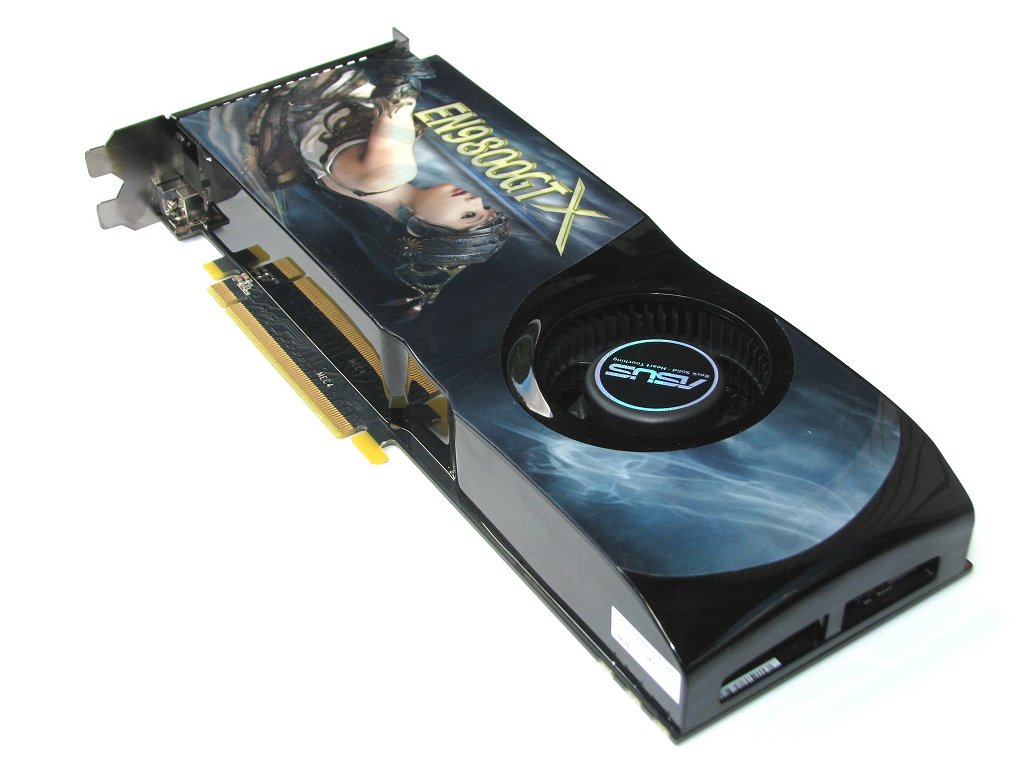
Still, the M1 appears to be going much faster. This actually uses Premiere’s built-in encoder as Yuryev wasn’t sure if Adobe Media Encoder had received a similar beta with M1 support. Moving on to an export test using the same footage in Premiere Pro. Dropping the preview to half-res did solve the playback issue on the Razer, so it is still very usable. The Razer on the other hand has plenty of dropped frames here. The Mac maxes out its graphics but appears to show smooth footage. The footage is the same 4K footage we were looking at earlier with an added note that there are two LUTs applied plus some film grain. Seems like an advantage should remain for the Mac in Resolve. So, there’s not much we can glean from this test, but the Mac took 31 seconds and a comparable Dell XPS 13 took 1:15. The Mac jumped off to an early lead and the Razer… crashed. Compared to a 2019 Mac Pro that took 4:30 this is all impressive performance for a laptop.ĭaVinci also has an M1-optimized version of Resolve out and so Yuryev moved there for the same stabilization test. The MacBook completed the task in 3:06 and the Razer took 4:21. It looks like the Mac easily wins and didn’t even have to use its fan. Stabilizing a 20 second 4K clip is fairly slow and intensive and should show off some differences if there are any. The first real-world test uses Yuryev’s standard testing footage in Premiere. That’s not the case with many other performance-oriented Windows laptops. Yuryev does point out that the Razer is unique in its class by performing the same whether connected to AC power or running off battery. It is noticeable, but not as substantial as one might think.įor CPU, the story is quite similar with the M1 taking the lead. That’s a bit surprising.īoth systems use a form of integrated graphics and in Geekbench 5 tests it looks like Apple’s M1 chip takes a slight lead over Intel’s Iris Xe graphics. The Mac does have a higher price point to go along with double the SSD storage, however, Yuryev points out that if he went with a matching SSD size in the MacBook it would actually come out $100 cheaper than the Razer. Being similar in price and target audience it’s definitely worthwhile checking out.Īs for the exact models, the 13” MacBook Pro has: One of the big names in video editing, Adobe, just released a beta for Premiere Pro that should show off some of these improvements.įilmmaker Max Yuryev is among those taking a deep look at video editing performance on the M1 Macs and took the time to compare a 13” MacBook Pro to the latest Razer Book 13 with Intel’s 11th-gen processors.


Things keep looking better and better for the Macs as more software is natively supporting the silicon and should lead to even better performance.

Apple’s M1 chip is still turning heads when it comes to its performance.


 0 kommentar(er)
0 kommentar(er)
